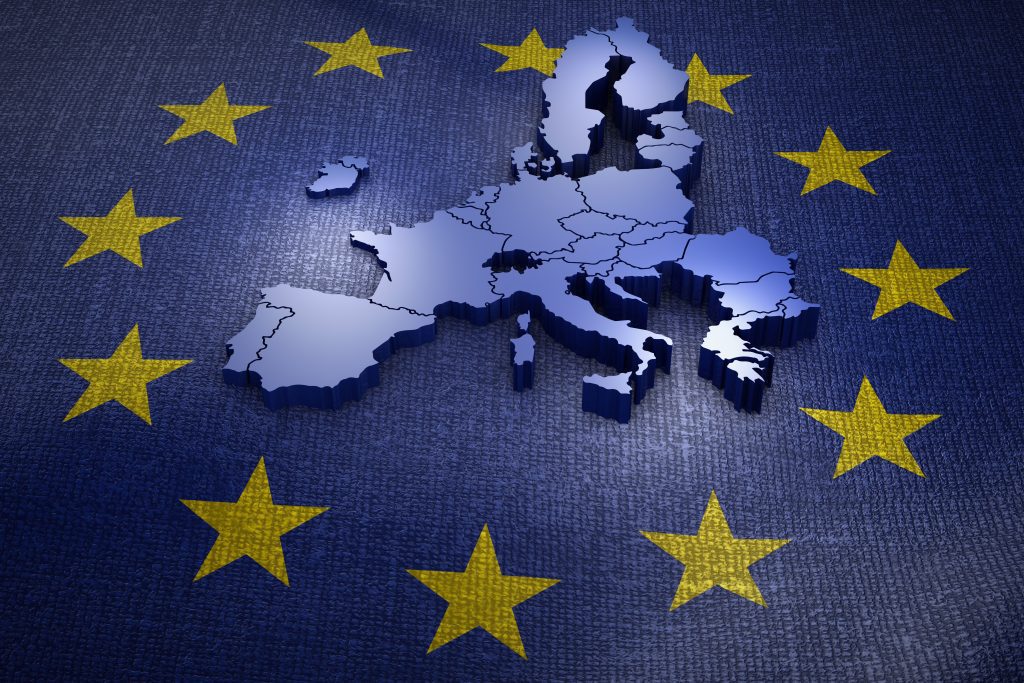The rationale behind cryptocurrencies is that they are created and distributed outside the control of national governments. However, this doesn’t mean the industry wouldn’t benefit from some regulation. The upcoming European Union’s Markets in Crypto Assets (MiCA) regulation, set to take effect in December, will establish a comprehensive legal framework for the issuance, investment, and trading of crypto assets across the EU.
A study from Javelin Strategy & Research, European MiCA Regulation: The Industry’s Benchmark, examines the potential impact of MiCA on crypto in the EU and globally. MiCA represents a significant step forward in creating a uniform regulatory environment within the EU and could set a global standard for crypto regulation.
“What MiCA has done is to put forward some relatively commonsense rules around handling digital assets and crypto currency,” said James Wester, Director of Cryptocurrency at Javelin Strategy & Research and a co-author of the report. “It’s the kind of thing that a company that’s trying to build in the space can look at and say, ‘OK, there’s a target I can hit. I know what I am supposed to be doing.’”
Setting Clear Standards
The impact of MiCA will be felt not just in Europe but worldwide. In the United States, the discussion around crypto has become highly political, largely because of the uncertainty surrounding its regulation. It remains unclear whether new enforcement measures or entirely new regulations are needed.
In contrast, Europe has established a clear path for compliance.
“It’s a positive move,” said Wester. “It’s not 100%. No regulation is ever going to be 100% with those in the industry want. But given that clarity was the biggest issue in the United States, it’s a good step forward.”
Regulations like MiCA have, somewhat paradoxically, made Europe a welcoming haven for crypto businesses. Over the past several years, the EU has seen a large influx of crypto companies establishing their headquarters or major operations there.
The EU has notably taken a regulatory-first approach toward technology in general, and several countries had adopted a pro-crypto stance even before the MiCA regulation was formulated. This regulatory certainty allows companies to build confidence in their operations, knowing they have a clear framework to operate within.
In addition to the rules already established, MiCA will introduce a roadmap for crafting regulations that foster an environment conducive to crypto development. It will also set a global benchmark, providing a framework for regulators worldwide to assess and adapt, learning from what works and what doesn’t.
An EU Approach
The EU has generally taken a regulatory-first approach to financial technology. Regulators outline clear guidelines: “These are the things we want you to do, and these are the things you can’t do,” leaving companies to operate within those boundaries. In contrast, the U.S. has taken a market-first approach, assuming that the market will drive innovation, with regulation catching up to technological advancements.
As Wester points out, regulators often don’t fully understand what technology can or can’t do until it has developed further. By taking a regulatory-first approach, MiCA and the EU are encouraging development in the crypto space. The regulatory vacuum in the U.S. has made it challenging for companies to navigate.
Ultimately, the benefit of MiCA lies not in any single rule but in the fact that these rules exist in the first place,
“I can’t see anything in there that I look at and say this is going to make it better for anyone,” said Wester. “Just the fact that they’ve said we are going to set some rules and this is what you must comply with.”
Crypto Now Has a Choice
The formalization of these rules also provides developing crypto companies the opportunity to consider what MiCA is proposing and saying: “Do we want to develop in Europe, or is that environment too stringent? Maybe we want to take our chances somewhere else. Possibly the United States, where the rules are a little bit less clear-cut.”
Wester believes that instead of allowing the U.S. to remain a Wild West for crypto, the political establishment might start recognizing the need for some regulatory guardrails.
“It’s an opportunity for U.S. regulators and legislators to say, ‘OK, we’re falling behind in what we should be doing,’” Wester said. “If something isn’t done relatively quickly, we are going to start seeing a brain drain to places like Europe, where companies know they can at least build products.”
